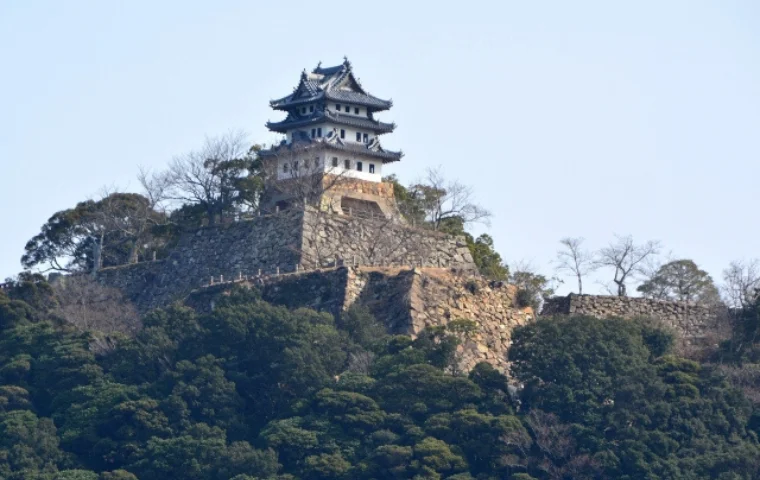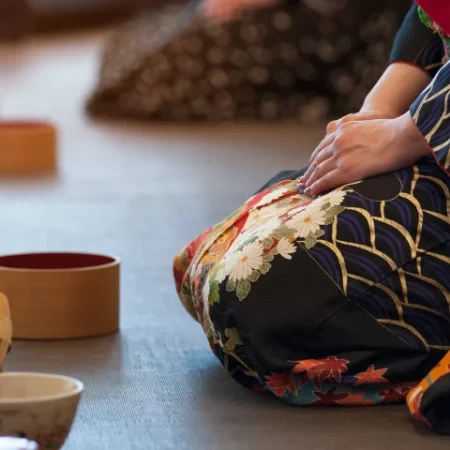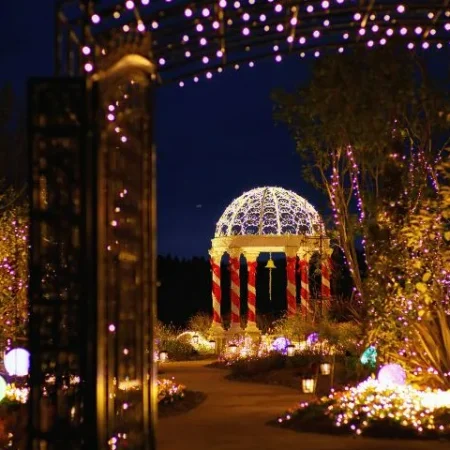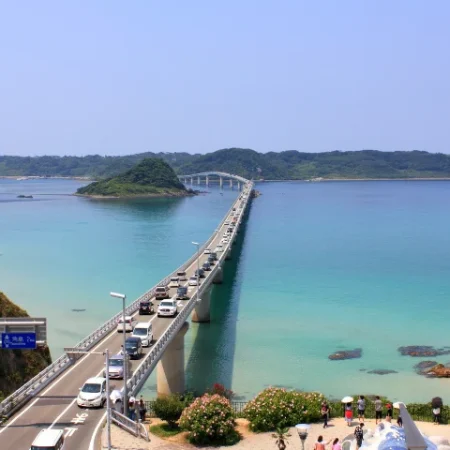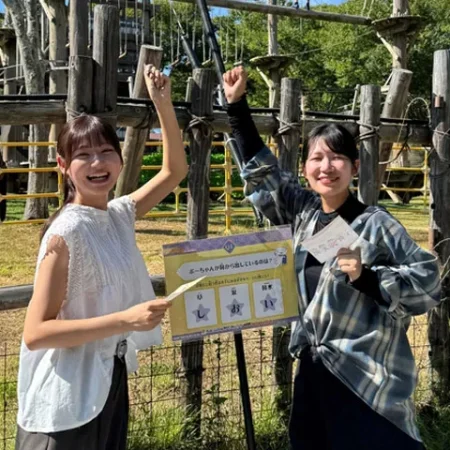Japan, a land steeped in history and tradition, boasts a treasure trove of architectural wonders in the form of magnificent castles. These formidable fortresses, scattered across the country, are enduring testaments to Japan’s rich past and cultural heritage. If you find yourself wondering which castles to explore on your Japan journey, you are in the right place. In this article, we will introduce you to the top six castles you must visit in Japan, each with its own unique allure and significance.
Table of Contents
1. Himeji Castle (Hyogo)

Often referred to as the “White Heron Castle” due to its striking white exterior, Himeji Castle is a UNESCO World Heritage Site and one of Japan’s most iconic landmarks. Situated in Himeji, Hyogo Prefecture, this castle is renowned for its stunning architectural design, which resembles a majestic bird in flight. Himeji Castle’s significance lies not only in its aesthetic beauty but also in its historical importance as a symbol of samurai culture and defense strategies.
This towering fortress, dating back to the 17th century, played a vital role in the history of Japan’s feudal era. Its intricate network of walls, gates, and defensive structures not only protected its inhabitants but also symbolized the power and prestige of its rulers. Today, visitors flock to Himeji Castle to explore its well-preserved interior, featuring a labyrinth of corridors and chambers, and to revel in its timeless grandeur. The castle’s serene layout and exquisite architecture provide a unique window into Japan’s history, making it a must visit castle in Japan for anyone seeking to delve into the nation’s rich cultural heritage.
2. Osaka Castle (Osaka)
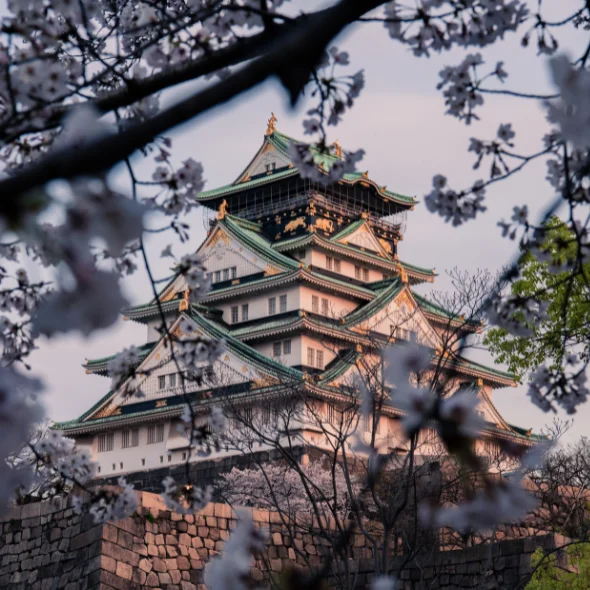
Located in the heart of Osaka, Osaka Castle is a formidable fortress that exudes elegance and historical significance. This enduring symbol of power and resilience dates back to the 16th century and played a pivotal role in Japan’s turbulent feudal era. Its towering central keep offers panoramic views of the city, while the surrounding Nishinomaru Garden showcases the beaauty of the ever changing seasons. Osaka Castle is not only a testament to Japan’s past but also a vibrant cultural hub with museums and exhibitions that delve into the nation’s history. The immense size and rich historical significance of Osaka Castle and its surroundings make it an absolute must-visit destination for castle enthusiasts in Japan.
3. Matsumoto Castle (Nagano)
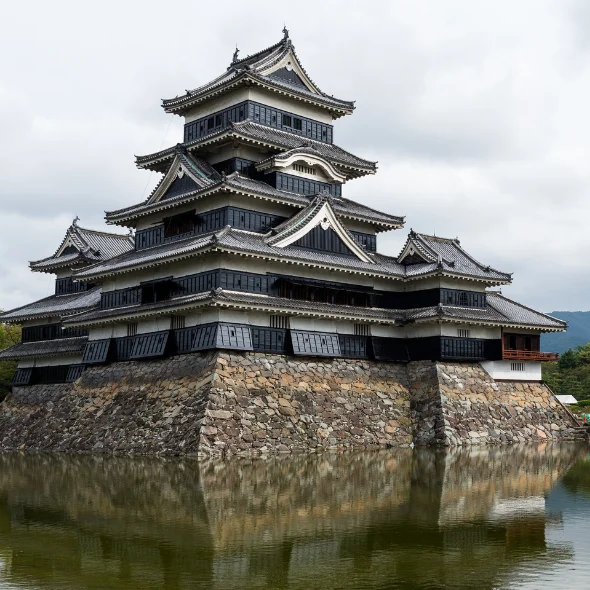
Nestled in the heart of Matsumoto City in Nagano Prefecture, Matsumoto Castle is renowned for its unique “black crow” appearance, which sets it apart from Japan’s white and wooden castles. This historic fortress, constructed in the late 16th century, is celebrated for its architectural resilience and its role in regional governance. Visitors are drawn to Matsumoto Castle not only for its picturesque setting against the backdrop of the Japanese Alps but also for its well-preserved interiors, including a moon-viewing room and wooden interiors that reveal the castle’s authentic charm.
4. Kumamoto Castle (Kumamoto)

Kumamoto Castle, situated in Kumamoto City on the island of Kyushu, is a masterpiece of samurai-era architecture. This colossal castle complex, constructed in the early 17th century, boasts a unique blend of traditional Japanese and Western design elements. Its strategic importance as a military stronghold is evident in its layout and defensive features. Today, despite suffering challenges like earthquakes, Kumamoto Castle is making a triumphant comeback, drawing visitors with its ongoing restoration efforts and the chance to witness the resilience of Japanese heritage.
5. Tsuruga Castle (Fukushima)
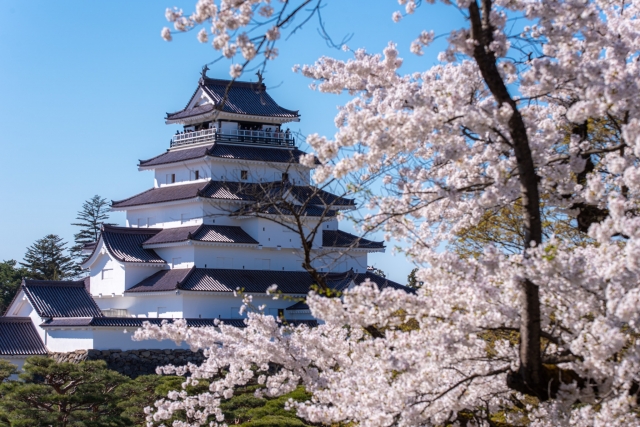
Nestled in Aizuwakamatsu City in Fukushima Prefecture, Tsuruga Castle is a symbol of the Aizu region’s rich history and resilience. This castle, also known as “Aizu Wakamatsu Castle,” witnessed the Boshin War, a pivotal conflict during the Meiji Restoration. Visitors can explore its well-preserved towers and enjoy panoramic views of the surrounding landscape. Tsuruga Castle’s historical significance and its picturesque location amid cherry blossoms are significant factors to make it to our list of must visit castles to visit in Japan.
6. Sumoto Castle (Awaji Island, Hyogo)

Nestled on Awaji Island, Sumoto Castle stands as a testament to the island’s feudal past. This compact yet charming castle was constructed in the early 16th century and reflects traditional Japanese castle architecture. While not as grand in scale as some of Japan’s larger castles, Sumoto Castle is treasured for its serene setting and tranquil gardens.
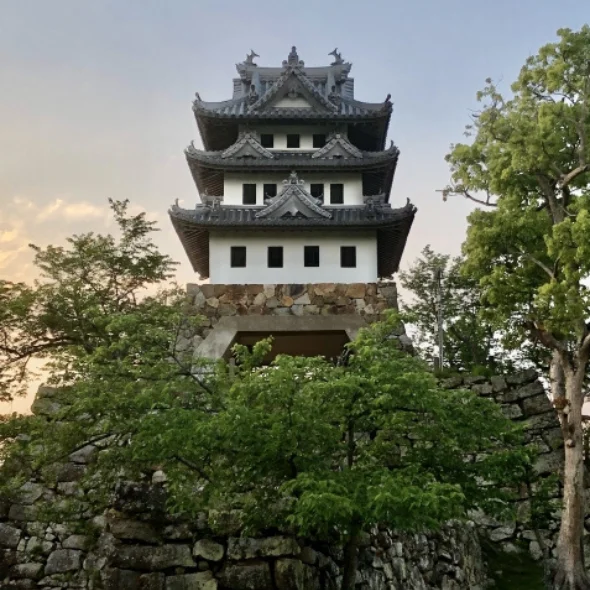
Although abandoned in 1642, Sumoto Castle’s legacy lives on, as the castle town continued to thrive. Even today, remnants of the castle era, including stone walls and historical artifacts, can be found on the slopes of Mt. Mikuma. At the castle’s base, you will discover the remains of the Inada family residence. The Inada family once held sway over the region, and nearby, a cluster of merchant houses from the Edo period (1603-1867) still stands as a testament to the area’s rich history. Additionally, Sumoto Hachiman Shrine, with a history spanning over a millennium, graces the vicinity.
The castle’s simplicity, combined with the opportunity to immerse oneself in the island’s history is the reason why Sumoto Castle is a must visit castle in Japan, making it a hidden gem for travelers seeking a serene and culturally enriching experience.
Sumoto Castle reflects the history of Japan at that time, but Awaji Island holds an even deeper historical significance. It is renowned as the first island to exist in Japan, a fact documented in the ancient record, Kojiki. According to legend, it was on this island that the gods created the Japanese archipelago, making it the birthplace of Japan itself. This unique connection to the country’s creation myth adds an extra layer of fascination to Awaji Island, making it not only a picturesque destination but also a place of profound historical and cultural importance.
Closing
These six castles, each with its own unique story and charm, offer a captivating glimpse into Japan’s rich and diverse history. Whether you are an architecture enthusiast, history lovers, or simply seeking to connect with Japan’s cultural heritage, exploring these castles is an unforgettable journey through time.
Japan Spot Ranking
“Japan Spot Ranking” that summarizes the spots you want to visit by genre.



